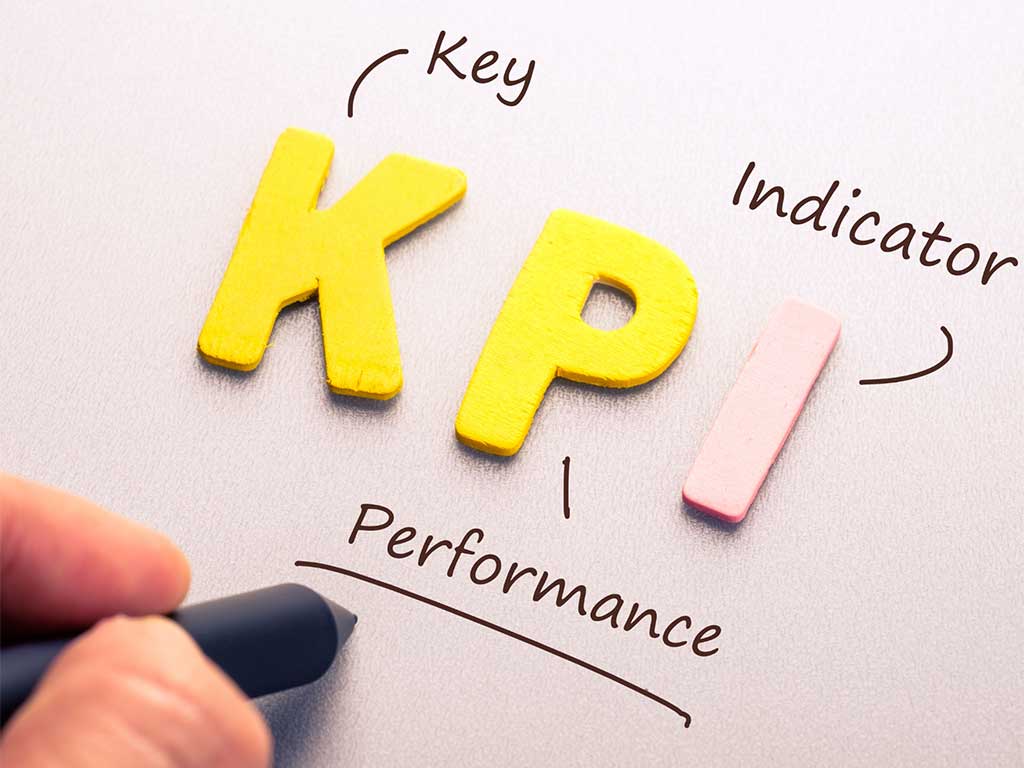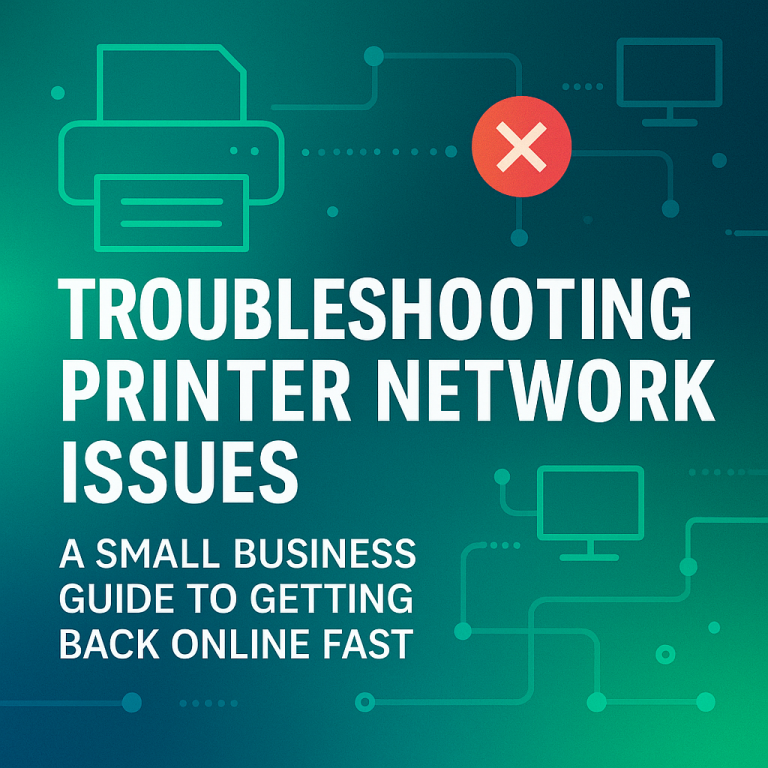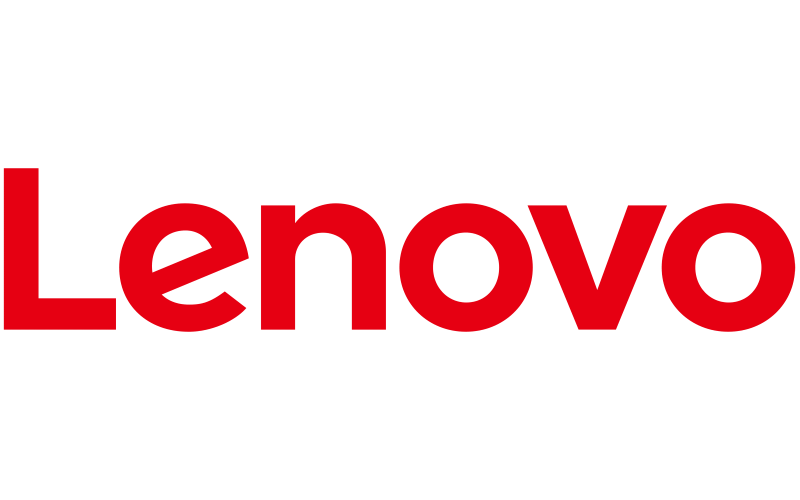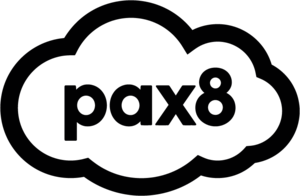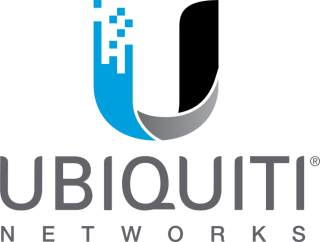For small business owners, navigating the evolving landscape of Information Technology (IT) is already challenging. Adding tariffs to the mix further complicates decisions related to IT infrastructure, software purchases, and overall budgeting. While larger corporations often have the resources to absorb such changes, small businesses can feel the impact more acutely due to tighter budgets and less negotiating power.
This blog explores what tariffs mean for small businesses in the IT sector, how they influence costs and operations, and what steps businesses can take to mitigate these challenges.
What Are Tariffs and Why Do They Matter?
Definition: A tariff is a tax imposed by a government on goods or services when they are imported or, sometimes, exported. These taxes typically aim to:
- Protect domestic industries by making foreign goods more expensive.
- Generate revenue for the government.
- Influence trade policies between nations.
Although tariffs are applied to a wide range of industries, small businesses in IT are particularly vulnerable. IT relies heavily on hardware (such as servers, laptops, and networking equipment) and software, much of which is manufactured or developed internationally. Any sudden increase in tariff rates can directly affect how much a small business pays for technology.
Tariffs on IT Products
Tariffs frequently apply to IT-related products such as:
- Hardware: Laptops, desktops, monitors, network servers, and storage devices.
- Components: Microchips, processors, and motherboards, typically critical for customizations and upgrades.
- Cloud Technology: Certain cloud service providers may also pass on costs if their servers and equipment are affected by tariffs.
- Software Licenses: While not as frequently taxed, software that includes physical components (such as USB installations or activation keys) may incur tariff-related costs.
Ways Tariffs Impact Small Businesses in IT
Understanding the direct and indirect ways tariffs can reshape IT strategy and costs is critical for small business owners to adapt quickly. Below are the key areas where tariffs come into play:
1. Increased IT Equipment Costs
When tariffs increase the price of imported IT components or hardware, the extra expense often lands squarely on the buyer. For small businesses, this translates to:
- Paying more for necessary tools like laptops, mobile devices, and servers.
- Difficulties upgrading outdated systems due to higher equipment costs.
Example: A 25% tariff on imported microchips could increase the price of specific laptops by $200 or more per piece. For a company ordering 20 units, this adds a significant cost burden to the budget.
2. Delayed IT Upgrades
High tariffs may force small businesses to postpone necessary upgrades due to increased costs. Outdated systems can reduce productivity, create vulnerabilities, and limit a company’s ability to compete effectively.
Impact: Delaying a switch to updated network servers might hinder overall system performance, slowing productivity for employees.
3. Higher Costs for Subscriptions & Services
Even digital services relying on offshore equipment may become costlier. For example, if a cloud provider’s infrastructure components (like storage units or networking devices) are subject to tariffs, that added cost could be passed along to small businesses subscribing to these services.
Impact: If you’re paying for cloud storage or remote working tools, you might notice sharper price adjustments after major tariff increases.
4. Reduced Ability to Scale
Small businesses looking to expand may feel discouraged by the additional cost burden, particularly in IT. Scaling typically requires investments in equipment, software, and cloud capacity, all of which tariffs can inflate.
Example: A start-up planning to open a second office may encounter higher-than-expected costs for setting up new hardware, directly impacting its long-term growth plans.
5. Supply Chain Disruptions
Tariffs can sometimes complicate sourcing IT components, as suppliers may switch markets or slow production to deal with increased costs or trade restrictions. This could make it harder for businesses to procure certain components, leading to delays.
Impact: Waiting longer for critical networking tools or replacement parts can disrupt work schedules and client services.
Strategies to Mitigate the Impact of Tariffs on IT
While tariffs can feel like an uncontrollable external factor, there are ways small businesses can adapt their strategies and minimize the financial impact:
1. Plan IT Purchases Strategically
- Stock up on essential items before anticipated tariff increases take effect.
- Spread out hardware replacements across multiple years to ease the financial load.
2. Consider Domestic Alternatives
Look into manufacturers or suppliers based in your country to potentially avoid tariff costs. Domestic options may not only be competitive in price but can also reduce supply chain risks.
Example: Instead of imported laptops, explore U.S.-manufactured options like System76 or Dell offerings designed for local clientele.
3. Leverage Cloud Services
Shift workloads to cloud computing platforms instead of investing heavily in on-site servers or physical storage units. Many providers also offer scalable enterprise solutions ideal for small businesses.
Caution: Be sure to evaluate if your cloud provider’s solutions are indirectly impacted by tariffs before committing.
4. Negotiate with Vendors
For recurring software or service subscriptions, don’t hesitate to ask for long-term discounts or fixed pricing even if external costs like tariffs increase. Many vendors value maintaining long-term clients and may accommodate your requests.
5. Explore Used or Refurbished IT
Refurbished hardware sells for a fraction of the price of brand-new equipment and is typically exempt from tariffs. Sources could include certified resellers or larger organizations replacing their own inventory.
6. Participate in Policy Dialogues
Small businesses can voice their concerns through trade associations or local chambers of commerce. These groups often lobby policymakers to address and reduce tariffs that disproportionately affect smaller organizations.
A Final Thought on Tariffs and Small Business IT
Tariffs are one of many external factors shaping how small businesses manage their IT ecosystems. While they can pose immediate challenges in areas like equipment purchases, scaling, and service costs, the right strategies can help offset their impact. By staying informed, thinking critically about your business needs, and exploring alternative solutions, you can ensure that your business remains competitive despite external pressures.
For more insights and strategies on how to make your IT solutions more cost-effective, stay tuned to Exodata. We’re here to help you understand the challenges and unveil opportunities that help your business thrive.
